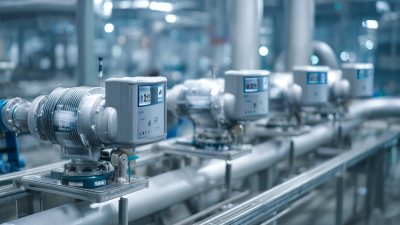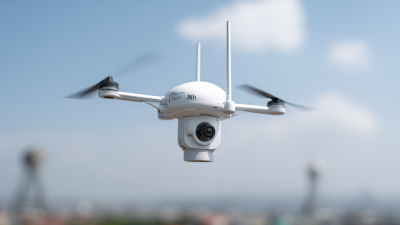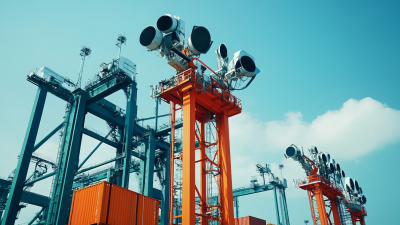
-
Home
-
Product Center
-
Application
-
Support
-
JT Cloud
-
About Us
-
Contact Us
Leave Your Message

In today’s fast-paced industrial landscape, the demand for precise airflow measurement has led to a significant surge in the adoption of advanced Multi-Channel Anemometers. According to a report by Markets and Markets, the anemometer market is projected to grow at a CAGR of 6.1% from 2020 to 2025, driven by innovations in technology and the increasing need for efficient energy management in various sectors. Selecting the right Multi-Channel Anemometer is crucial for optimizing performance in applications like HVAC, environmental monitoring, and aerodynamics testing. By understanding the capabilities and features of these instruments, users can enhance their measurement accuracy, improve operational efficiency, and ensure compliance with industry standards.
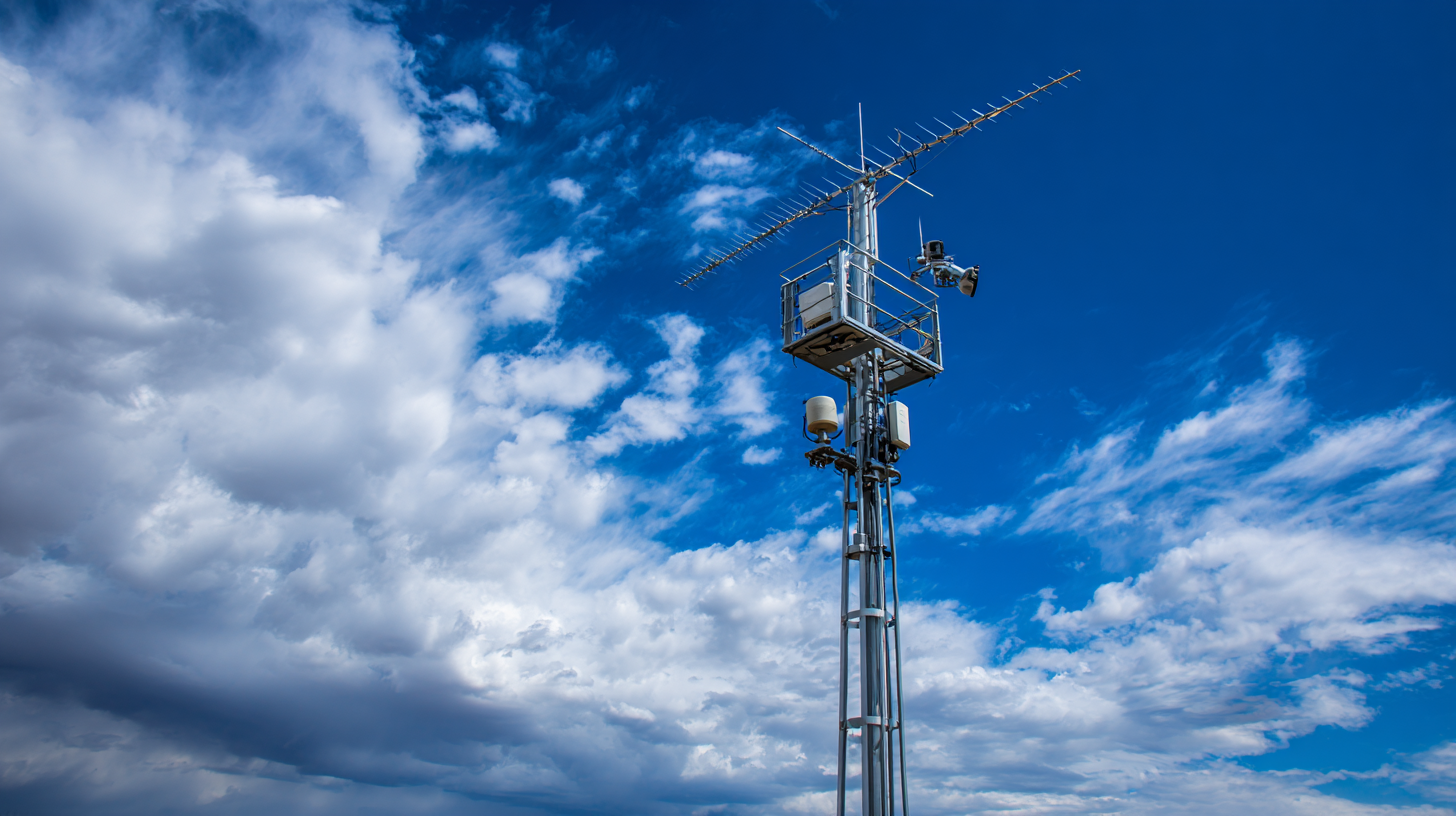
Whether it's for research, industrial use, or environmental studies, a well-chosen Multi-Channel Anemometer can make a significant difference in data collection and analysis, ensuring that your specific needs are met with precision and reliability.
When selecting a multi-channel anemometer for environmental monitoring, it's crucial to understand the performance and reliability offered by the leading brands in the market. Industry insights reveal that brands like Testo, Kestrel, and Omega are frequently cited for their advanced technology and accuracy. According to a report by Research and Markets, the global anemometer market is expected to grow at a CAGR of 6.4% from 2021 to 2026, underscoring the increasing demand for reliable instrumentation in environmental applications.
When comparing these brands, it's important to consider specifications such as measurement range, precision, and data logging capabilities. For example, Testo 405i offers Bluetooth connectivity and precise readings, making it suitable for HVAC applications. Meanwhile, Kestrel's portable design caters to outdoor environmental assessments. A recent survey indicated that 82% of environmental professionals prioritize durability and battery life when selecting their instruments, reflecting how reliability can directly affect fieldwork efficiency.
Tips: Always look for user reviews and industry ratings to gauge real-world performance. Additionally, make sure the anemometer is compatible with your existing data collection systems to streamline your workflow. Finally, consider the necessary features—like temperature compensation or humidity measurement—that align with your specific environmental needs for optimal results.
When selecting a multi-channel anemometer, it's crucial to understand the various types available in the market. Multi-channel anemometers are designed to measure and analyze airflow from multiple directions simultaneously, making them indispensable tools in HVAC, environmental monitoring, and industrial applications. According to a report by MarketsandMarkets, the global anemometer market is projected to grow from $367 million in 2021 to $476 million by 2026, underscoring the increasing demand for advanced measurement technologies across different sectors.
Different types of multi-channel anemometers cater to diverse needs. For instance, hot-wire anemometers provide high accuracy and sensitivity, ideal for low airflow conditions, while vane anemometers excel in measuring higher velocity airflows. Additionally, advanced digital anemometers offer built-in data logging features, enabling users to capture and analyze data trends efficiently. A recent study by Frost & Sullivan indicates that the integration of IoT technology in anemometers is enhancing real-time monitoring capabilities, allowing for more precise airflow management in smart building systems. Understanding these distinctions helps users select the most suitable instrument for their specific requirements.
When selecting a multi-channel anemometer, evaluating key features such as range, accuracy, and response time is essential to ensure optimal performance for specific applications. The range of an anemometer determines the wind speed limits it can measure, typically categorized as low (0.1 to 20 m/s) or high (20 to 60 m/s). According to recent industry surveys, devices that measure up to 30 m/s are most commonly preferred in both research and industrial settings, making them versatile for various tasks, from meteorological studies to HVAC applications.
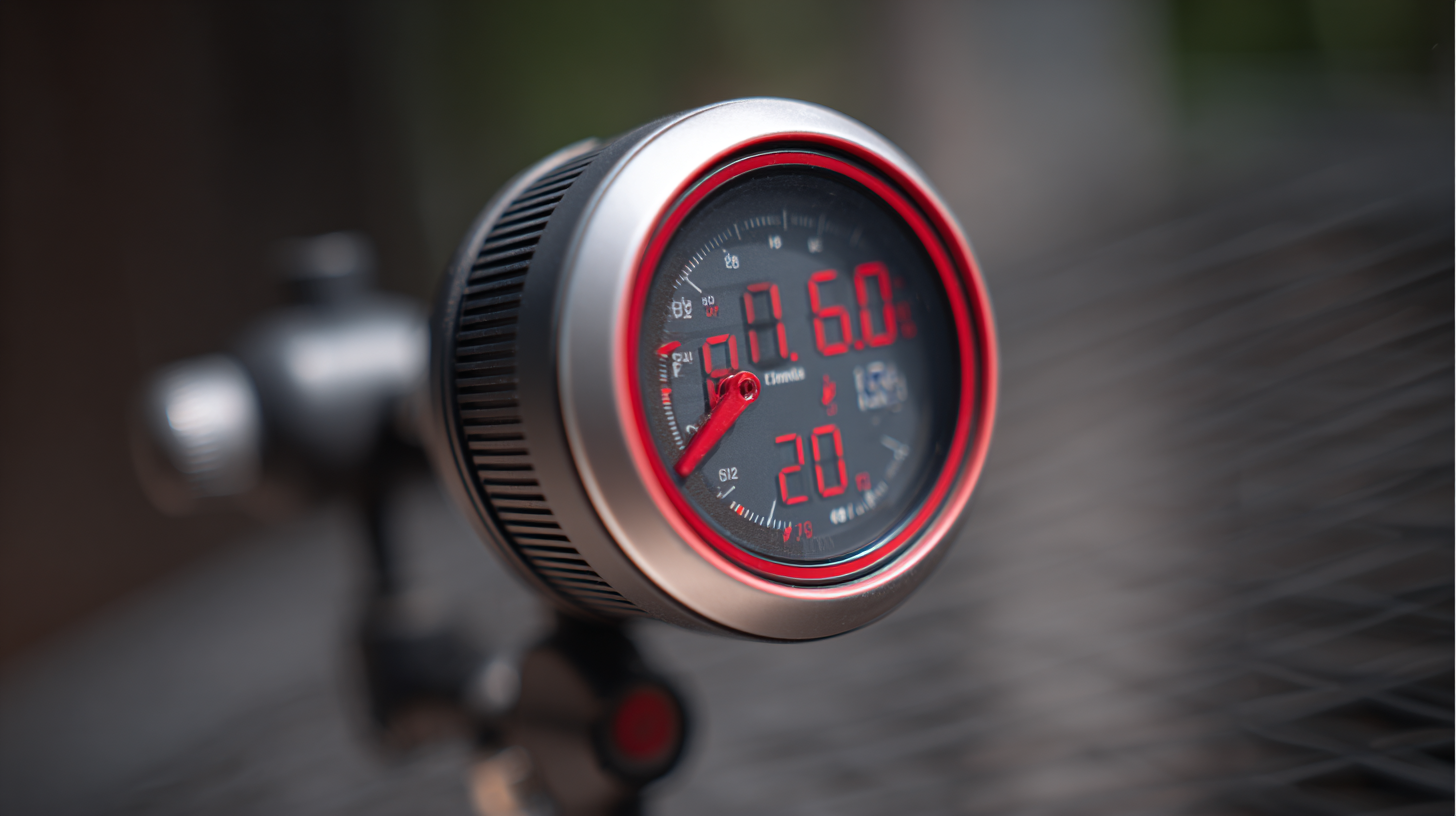
Accuracy is another critical parameter, which influences the reliability of measurements. A high-quality anemometer should have an accuracy of within ±2% of the reading. Reports indicate that well-calibrated devices with high-resolution sensors significantly outperform standard models in accuracy, contributing to precise environmental assessments. Furthermore, the response time, which indicates how quickly an anemometer can register changes in wind speed, is crucial for real-time applications. Top-performing models boast response times of less than one second, enabling users to capture rapid fluctuations in wind conditions, which is vital for effective decision-making in dynamic environments.
When selecting a multi-channel anemometer, understanding the cost-effectiveness and warranty options is crucial for ensuring a worthwhile investment over time. A comprehensive cost-benefit analysis can help assess not only the initial purchase price but also the total cost of ownership, which encompasses maintenance, operational expenses, and potential downtime. According to industry reports, long-term users may save as much as 20% on operational costs by selecting equipment with lower maintenance requirements and extended warranty coverage, which offsets potential repair costs over the device's lifespan.
Warranty options also play a significant role in the decision-making process. Extended warranties, often covering multiple years beyond the initial period, can provide peace of mind and financial protection. For example, data shows that businesses opting for an extended warranty on equipment can expect a return on investment of up to 150%, due to reduced repair costs and operational interruptions. As technology advances, such warranties have become a vital aspect, ensuring that users remain equipped with the latest features and performance standards while minimizing financial risk.

When selecting the right multi-channel anemometer, it’s crucial to consider environmental conditions and calibration needs to ensure accurate measurements. Different settings—such as industrial, meteorological, or aerospace applications—present varying challenges, including temperature fluctuations, humidity levels, and exposure to contaminants. For instance, in environments where high precision is necessary, such as in aerospace applications like the recent commercial operations of a large domestic aircraft, choosing a device that operates effectively across a wide range of conditions is essential.
Calibration is another key factor that cannot be overlooked. Anemometers must be regularly calibrated to maintain accuracy and reliability. This is particularly important in industries where safety is paramount, as even minor inaccuracies can lead to significant consequences. Understanding the calibration requirements based on the intended application can guide users in selecting the most appropriate model, helping to avoid common pitfalls associated with inaccurate data collection in varying environmental conditions.
| Model | Measurement Range (m/s) | Accuracy (%) | Calibration Frequency (Months) | Environmental Conditions | Weight (kg) |
|---|---|---|---|---|---|
| Model A | 0 - 30 | ±2 | 12 | Indoor/Outdoor, Humidity: 0-100% | 0.8 |
| Model B | 0 - 50 | ±3 | 6 | Outdoor, Temperature: -20 to 70°C | 1.2 |
| Model C | 0 - 20 | ±1.5 | 12 | Indoor, Humidity: 0-80% | 0.5 |
| Model D | 0 - 100 | ±4 | 3 | Outdoor, Temperature: -10 to 60°C | 1.5 |

